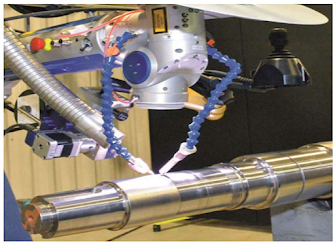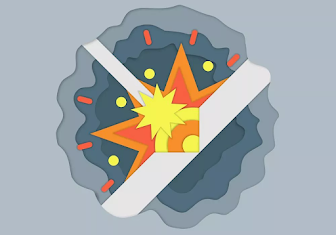International Conference on Welding Technology
6th Edition of International Conference on Welding Technology
https://welding-conferences.sciencefather.com/
Award Nomination - https://x-i.me/arunom
Abstract Submission- https://x-i.me/arumem
Turbomachinery: Laser Welding

Laser cladding is gaining acceptance for the restoration of turbine and compressor shafts, which has resulted in increased customer demand for laser cladding options, and an increased number of laser welding suppliers who are offering a variety of solutions.
Therefore, it is important to understand the basic capabilities, limitations, and potential pitfalls of the laser cladding process, and how the process should be qualified to ensure that laser weld repairs meet the requirements for the given application.
As with any welding process, the desired outcome is a metallurgically sound deposit that meets or exceeds the minimum application design criteria. Filler material alloy selection, form, and delivery methods can have a significant impact on the quality and suitability of the weld deposit.
One of the most critical components of turbomachinery equipment is the rotor. These precision assemblies rotate at extremely high speeds and must withstand significant stresses for extensive service times.
To achieve this level of reliability, manufacturers must ensure that the components are suitable for the application. Tight controls on composition, mechanical properties, and processing ensure that the parts are acceptable.
These inspections, verifications, and safeguards maximize the usable service life while minimizing the risk of catastrophic failure.
However, wear and tear from the normal operation will eventually cause sufficient damage that requires repair or replacement. Accumulated damage is generally superficial, and repair offers a cost and time advantage, as compared to replacing the entire rotor, while adding minimal risk related to the repair process.
Typical repair processes include spray coating, plating, arc welding, plasma welding, and laser welding. Each of these processes has advantages and disadvantages, depending on a variety of factors, including the location and extent of damage, operating conditions, service environment, the substrate and desired repair material, and customer acceptance.
This article focuses specifically on laser welding repairs and how the laser welding process can be beneficial for compressor and turbine shaft repairs, including considerations to be addressed.
The discussion includes the most commonly repaired shaft areas, the risks associated with laser welding in these locations, and the types of tests that should be required to qualify the procedure.

Comments
Post a Comment